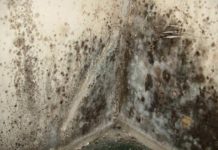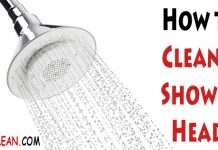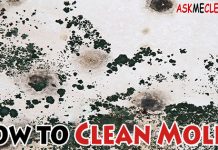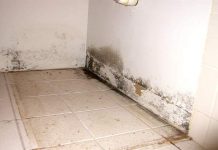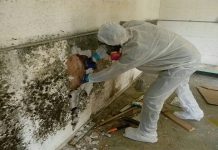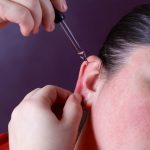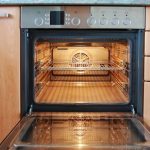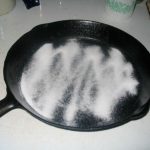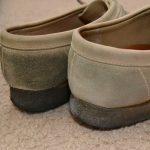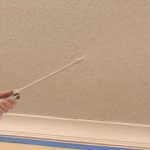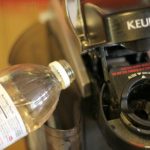In this article, we will discuss how to get rid of black mold? Black mold is a common issue that almost everyone faces once in their life. Mold is known to discolor your drywall. It blackens the filling lines in your shower. It can also be seen as black spots on siding, decks, and other places. It mostly grows on and rots damp wood everywhere. Not only black mold is bad for your home but also for your health. It releases some microscopic spores that are known for causing allergic reactions, sneezing and runny noses and many other health issues.
Nearly every home gets mold infestations. The idea is to stop them before they start growing big and start damaging both you and your house. Here, in this article we will guide you how to get rid of black mold.
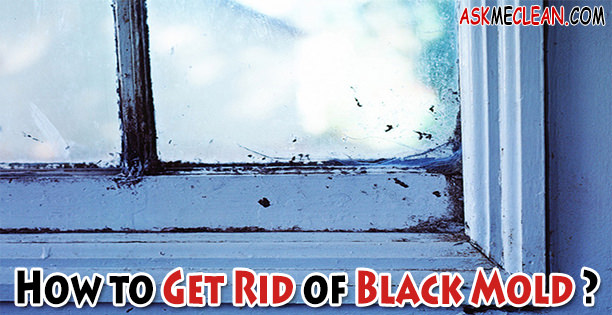
Methods to Get Rid of Black Mold
1.) Baking Soda to Get Rid of Black Mold
Baking soda is another effective ingredient which can be used to get rid of black mold. It is a mild, white mineral powder which is safe for your family and pets. Not only baking soda helps in killing mold, but also absorbs moisture to prevent mold infestation.
Directions:
- Take one-quarter of a tablespoon of baking soda and add it to a spray bottle of water.
- Shake it well until it dissolves completely.
- Now spray the moldy area with this solution. Make sure you don’t leave any area.
- Next using a sponge or a scrubbing brush, remove the entire mold from the surface.
- Afterwards, clear the surface with water to get rid of any residual mold on the surface.
- Finally, spray the area once again and let it dry on the surface. This will eliminate any left-over mold and prevent any mold infestation.
2.) Vinegar to Get Rid of Black Mold
Most of the people have vinegar in their home. It is known for making meals taste great. It is also helpful in removing molds. Vinegar has mild acidic properties which can help remove 82% of mold species. Baking soda is generally used along with vinegar for getting rid of different species of mold.
Directions:
- To kill mold, take some white distilled vinegar and pour it in a spray bottle without diluting it with water.
- Now, spray this vinegar on the moldy surface and let it sit for an hour or so.
- Next, wipe the surface clean using water and leave the surface to get dry.
- Smell of vinegar will clear within a couple of hours. In case it lingers, you can clear the smell by spraying lemon water around the area.
3.) Hydrogen Peroxide to Get Rid of Black Mold
To get rid of black mold, hydrogen peroxide can be a very useful compound. It is an anti-viral, anti-fungal, and anti-bacterial solution which kills mold quite easily and effectively. It can be used to get rid of black molds from a variety of materials such as kitchen appliances, floors, bathroom fixtures, and walls.
Directions:
- To remove mold, pour 3% concentration hydrogen peroxide in a spray bottle.
- Now, saturate the moldy surface completely by spraying and let it sit for about ten minutes.
- Then, scrub the surface to remove all molds and mold stains.
- Finally, wipe the area down to get rid of residual mold and spores.
- You may need to take extra care in case the mold is growing on some delicate surfaces, as hydrogen peroxide can discolor such items.
Conclusion:
- All of these methods are safe to use in your home. These are non-toxic alternatives to chemical-based cleaners. They are not only safe to use but also safe for the environment. All the ingredients used here are inexpensive and are available easily in your local store.
- Black mold is something that you should never ignore. The allergic reactions, respiratory issues, and unseemly sights are some of the reasons that you should prevent. Fortunately, when it comes to the things you need to kill black mold, you are likely to have most of the ingredients in your home. However in case you are not able to curb the issue by above methods, you may need to ask for professional help to help you get rid of black mold. They will surely resolve the issue and may also provide information about preventive measures to avoid future infestation.


